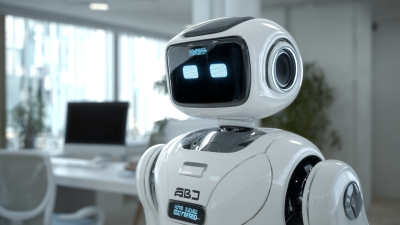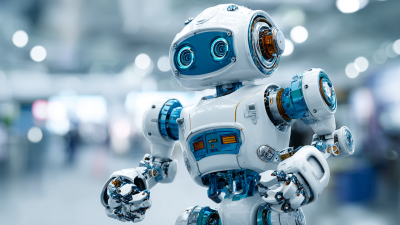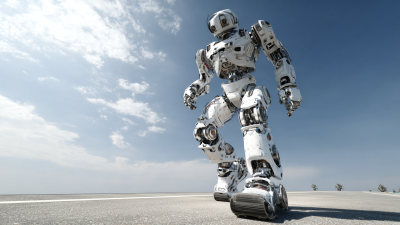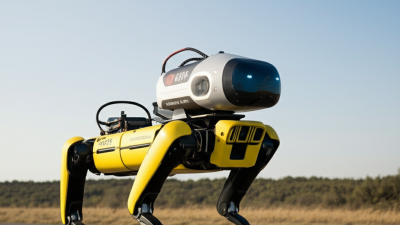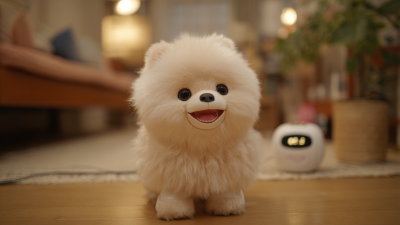The integration of commercial robots into various industries has emerged as a transformative strategy that enhances operational efficiency and profitability. According to a report by the International Federation of Robotics, the global market for commercial robots is projected to reach $23.3 billion by 2025, reflecting an annual growth rate of 25%. As businesses increasingly adopt automation technologies, commercial robots have proven to be vital in reducing labor costs, minimizing errors, and increasing productivity. Industries such as manufacturing, logistics, and healthcare are leveraging robotic solutions to streamline processes and improve service delivery. In this ultimate guide, we will explore the best practices for harnessing commercial robots, aiming to help businesses maximize their efficiency and profitability in a competitive market landscape.
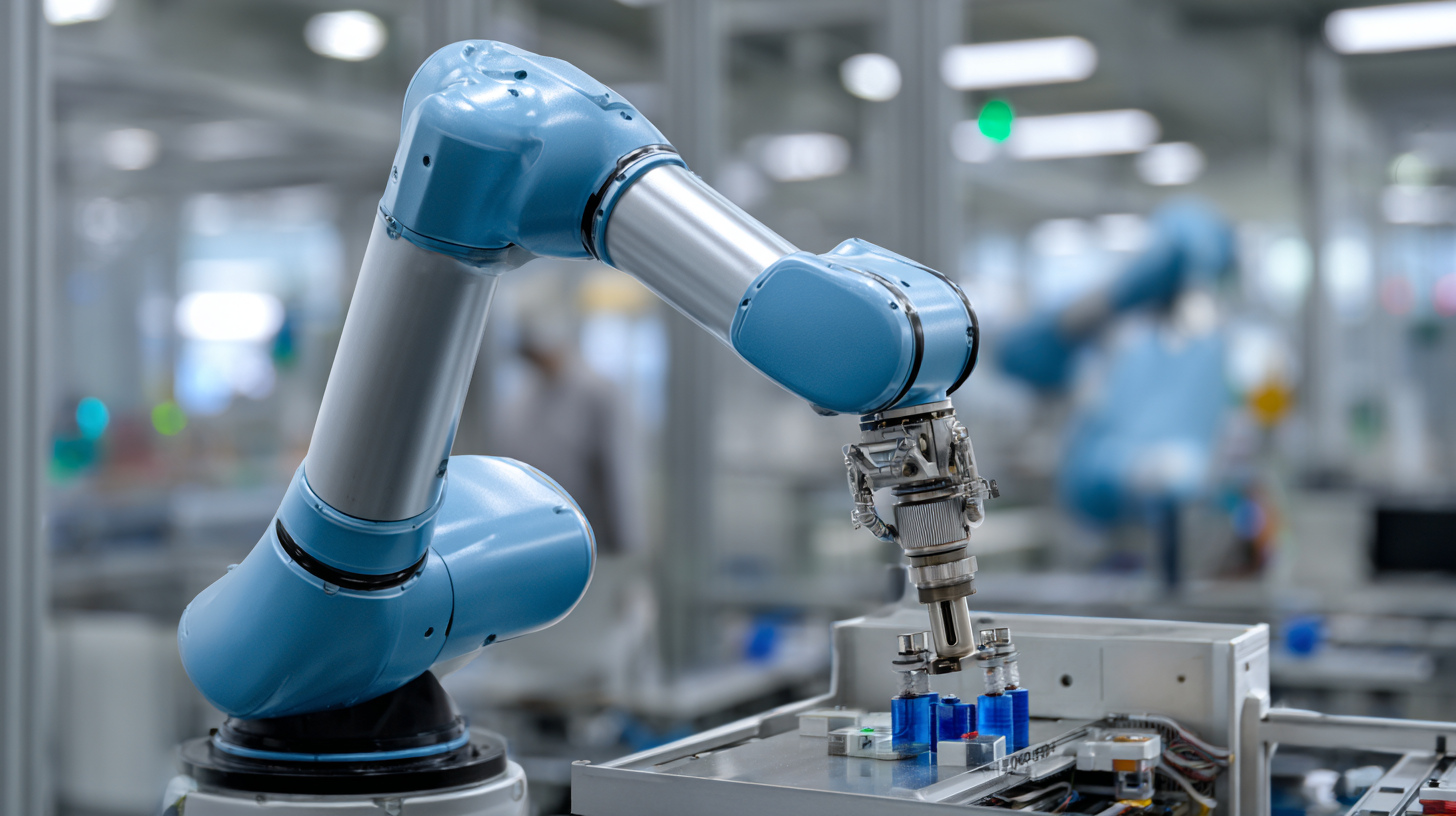
The landscape of commercial robotics is expanding rapidly, presenting numerous opportunities for businesses to enhance efficiency and profitability. Understanding the various types of commercial robots available today is crucial for any organization looking to incorporate this technology into their operations. From autonomous delivery robots to collaborative robots (cobots) that work alongside human employees, the range of options can seem overwhelming.
Tip: Start by assessing your business needs and identifying the specific tasks that could benefit from robotic assistance. For example, if your company relies heavily on logistics, investing in automated guided vehicles (AGVs) might streamline your operations significantly.
Another category worth exploring is service robots, which can handle customer interactions in retail settings or assist in healthcare environments. These robots can improve customer satisfaction and free up human staff for more complex tasks.
Tip: Consider starting with pilot programs to evaluate the performance of different robot types. This step will provide valuable insights into their impact on your workflow and help you make informed decisions about scaling up your robotic solutions.
| Robot Type | Primary Function | Industry | Efficiency Gain (%) | Estimated Cost ($) |
|---|---|---|---|---|
| Autonomous Delivery Robots | Deliver goods | Retail | 30 | 3,000 |
| Industrial Robots | Manufacturing tasks | Manufacturing | 45 | 25,000 |
| Drones | Aerial surveillance | Logistics | 50 | 1,500 |
| Service Robots | Customer service | Hospitality | 25 | 15,000 |
| Warehouse Robots | Inventory management | Logistics | 40 | 20,000 |
The adoption of commercial robotics technology is transforming various industries, paving the way for unprecedented efficiency and profitability. In logistics and warehousing, a report from McKinsey highlights that robotic automation can reduce operational costs by up to 30%. This significant cost reduction is driving firms to invest in automated systems for sorting and packaging, enabling them to meet increasing consumer demands while minimizing human labor expenses.
Another sector experiencing a rapid integration of robotics is manufacturing. According to a study by the International Federation of Robotics, the global market for industrial robots is projected to grow at a CAGR of 9%, reaching $10 billion by 2025. Manufacturing firms are leveraging robotics to enhance precision, speed, and safety on the production floor, resulting in higher output and lower defect rates. The automotive industry, in particular, has seen a 25% increase in productivity due to the deployment of robotic arms for assembly tasks, demonstrating the tangible benefits of embracing this technology.
Furthermore, the healthcare sector is also reaping rewards from commercial robotics. A report by PwC indicates that robots in healthcare can assist in surgeries with such accuracy that they reduce recovery time by 20%, while also minimizing the risk of complications. As hospitals continue to adopt robotic surgical systems, the quality of patient care significantly improves, showcasing the transformative potential of robotics across multiple critical industries.
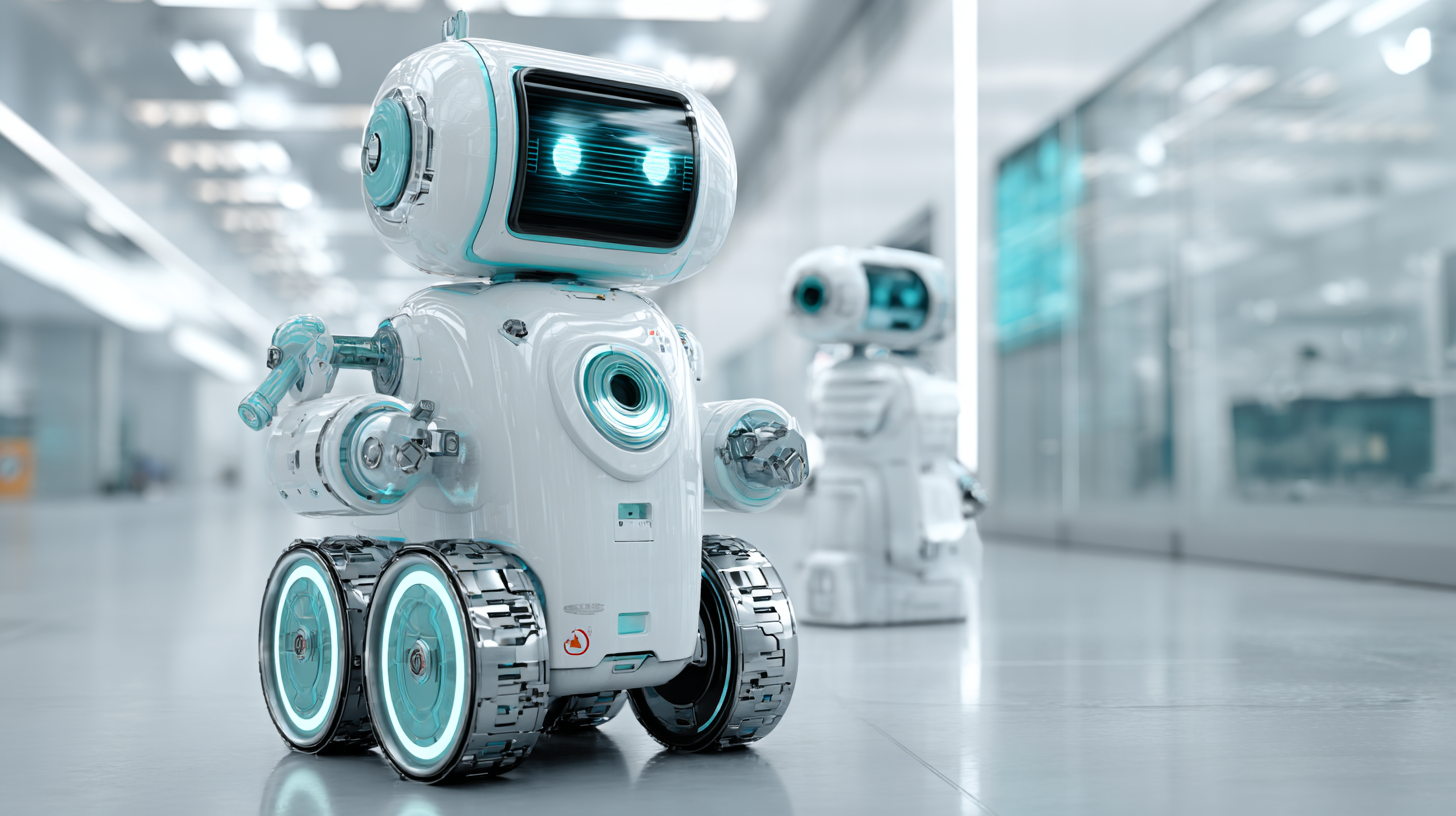
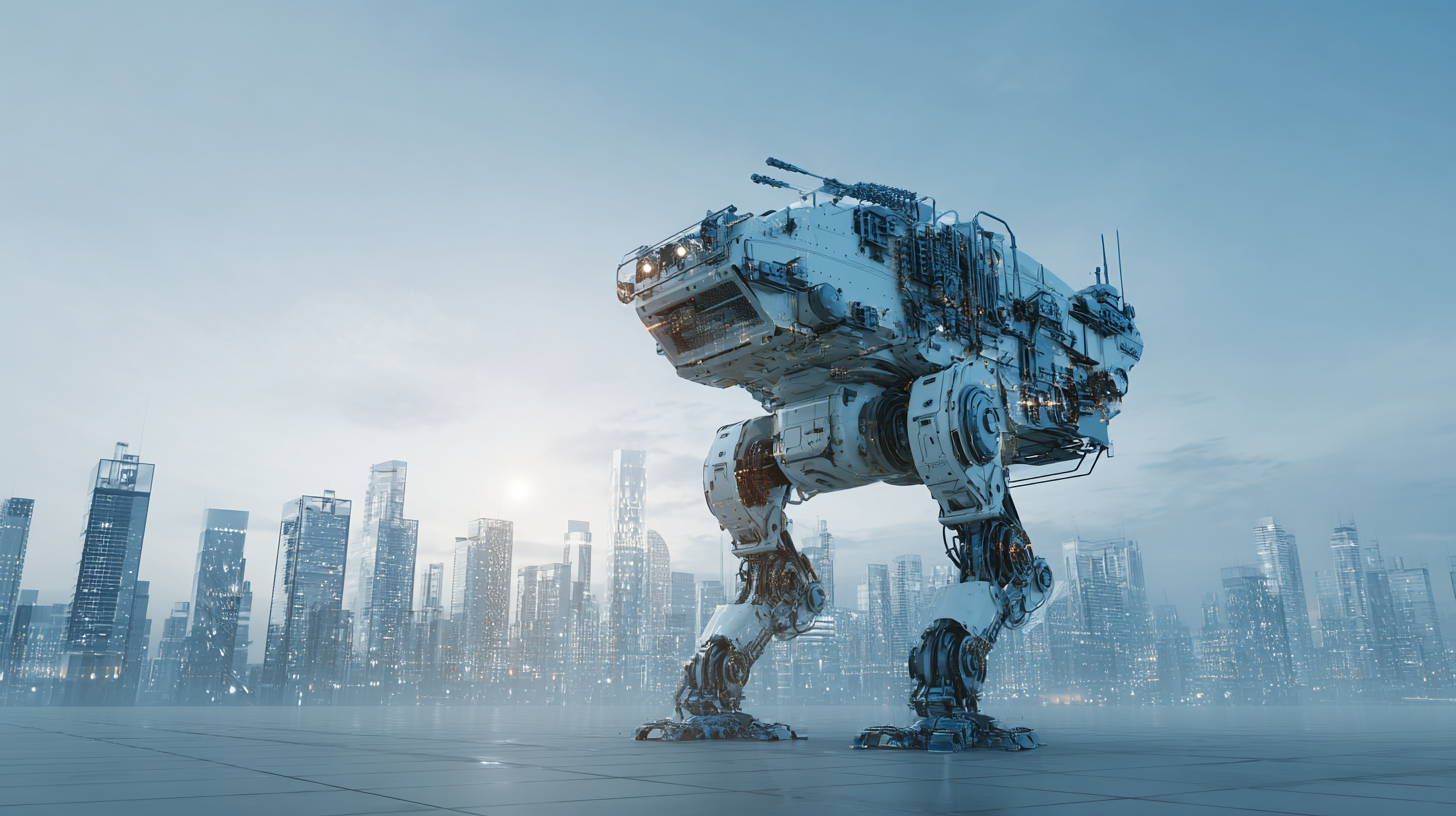 Choosing the right commercial robot for your business is a critical decision that can significantly impact efficiency and profitability. According to a report by ResearchAndMarkets, the global market for commercial robots is expected to reach $100 billion by 2025, driven by advancements in AI and machine learning. With diverse options available, from autonomous mobile robots (AMRs) to robotic process automation (RPA), it is essential to align the robot’s capabilities with your specific operational needs.
Choosing the right commercial robot for your business is a critical decision that can significantly impact efficiency and profitability. According to a report by ResearchAndMarkets, the global market for commercial robots is expected to reach $100 billion by 2025, driven by advancements in AI and machine learning. With diverse options available, from autonomous mobile robots (AMRs) to robotic process automation (RPA), it is essential to align the robot’s capabilities with your specific operational needs.
When selecting a commercial robot, consider factors such as the type of tasks you need automated, the environment in which the robot will operate, and your budget constraints. For instance, a study published in the International Journal of Robotics Research highlights that an automating logistics robot can reduce operational costs by up to 30%. Likewise, robots that streamline customer interactions can improve service speed and accuracy, ultimately enhancing customer satisfaction. Conducting a thorough needs assessment and leveraging industry benchmarks will guide you in making informed decisions that cater to your unique business conditions.
In today's fast-paced business environment, commercial robots are becoming essential tools for maximizing efficiency and profitability. Companies looking to enhance their operational workflows can greatly benefit from strategically integrating these advanced technologies. One key strategy is to assess specific tasks that can be automated, whether it's inventory management, assembly line processes, or customer service interactions. By pinpointing high-impact areas, businesses can implement robots that streamline processes, reduce human error, and free up employees to focus on higher-level tasks.
Another effective approach is to leverage data analytics alongside robotic automation. Using real-time data to inform the decision-making process allows companies to optimize robot utilization and maintenance schedules. By analyzing performance metrics and operational workflows, businesses can identify bottlenecks and inefficiencies, leading to more informed adjustments in robot deployment. Continuous training and updates for both robots and human staff can further enhance productivity, ensuring that both elements work harmoniously toward shared goals. This fusion of human oversight and robotic precision paves the way for a future where efficiency is not just a target but a standard.
In today's fast-paced business environment, measuring the return on investment (ROI) for commercial robots has become a critical factor for companies looking to enhance their operational efficiency. While robots are widely adopted in warehouses, many organizations struggle to capitalize on their potential benefits due to misalignment of their automation strategies. The key to unlocking ROI lies in not just the initial investment, but also in how businesses continuously optimize their robotic processes to meet evolving demands. Companies often face a wait time of two to three years before witnessing a significant return, emphasizing the importance of strategic integration from the outset.
As retail continues to explore innovative technologies, generative AI is emerging as a promising tool that can augment traditional robotic applications. By blending AI capabilities with automated systems, retailers can harness insights that streamline operations and drive efficiencies. This combination allows businesses to rethink their approach to both marketing and logistics, ultimately fostering a more robust bottom line. Embracing these technologies can bridge the gap between initial expenditure and realized returns, making it crucial for companies to invest in scalable solutions that align with their long-term growth objectives.
